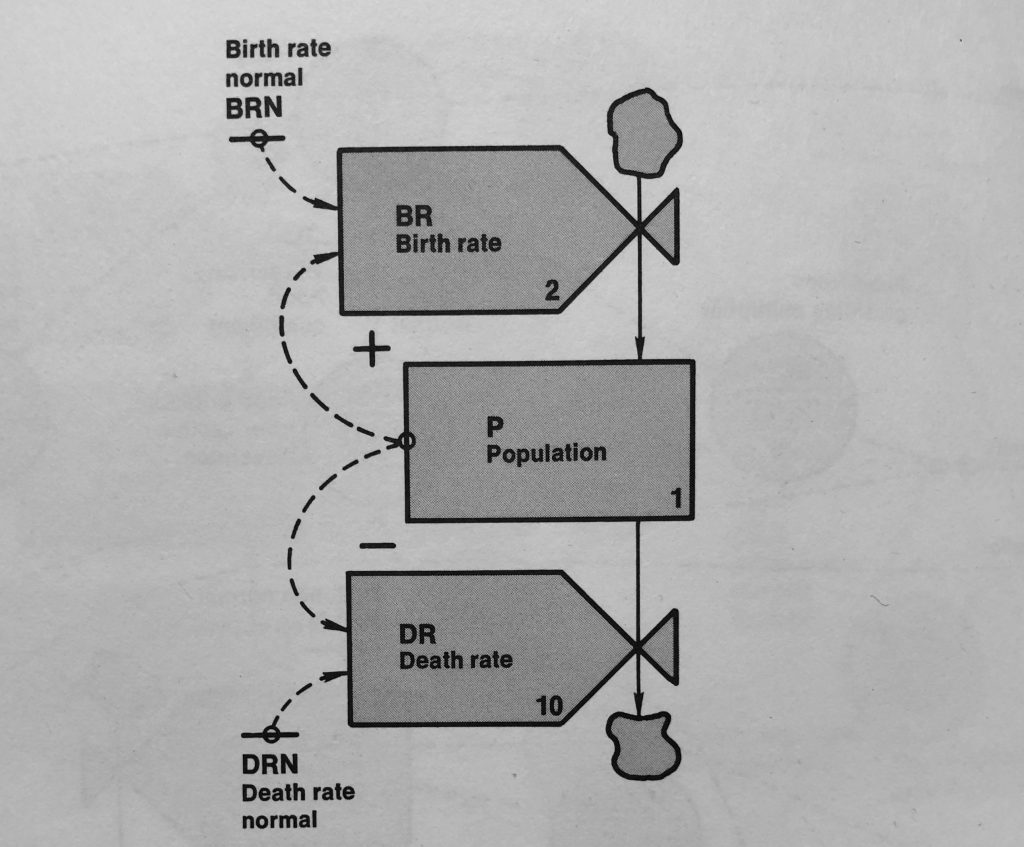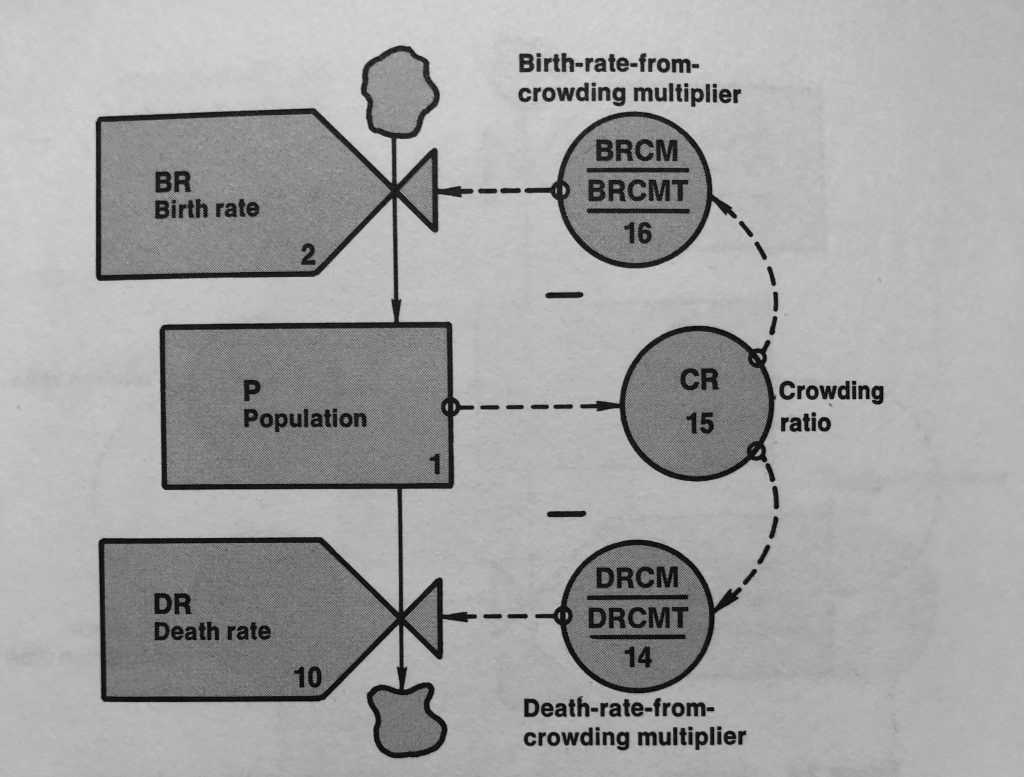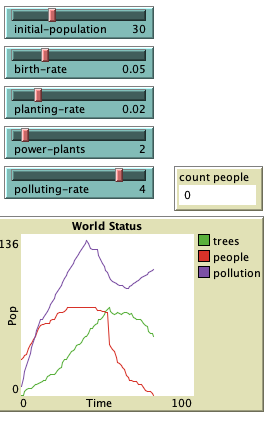In the evolution of a society, continued investment in complexity as a problem-solving strategy yields a declining marginal return.
Joseph A. Tainter
Someone asked me if from now on my blog will only be about Project_Noumena – on the contrary.
I will be interspersing subject matter within Parts 1 to (N) of Project_Noumena. To be transparent at this juncture i am not sure where it will end or if there is even a logical MVP 1.0. As with open-source systems and frameworks technically one never achieves V1.0 as the systems evolve. i tend to believe this will be the case with Project Noumena. i recently provided a book review on CaTB and have a blog on Recurrent Neural Networks with respect to Multiple Time Scale Prediction in the works so stuff is proceeding.
To that end, i would love comments and suggestions as to anything you would like my opinion on or for me to write about in the comments section. Also feel free to call me out on typos or anything else you see in error.
Further within Project Noumena there are snippets that could be shorter blogs as well. Look at Project Noumena as a fractal-based system.
Now on to the matter at hand.
In the previous blog Computing The Human_Condition – Project Noumena (Part 1) i discussed the initial overview of the model from the book World Dynamics. i will take a part of that model which is what i call, the main, Human_Do_Loop(); and the main attributes of the model: Birth and Death of Humans. One must ask if we didn’t have humans we would not have to be concerned with such matters as societal collapse? i don’t believe animals are concerned with such existential crisis concerns so my answer is a resounding – NO. We will be discussing such existential issues in this blog although i will address such items in future writings.
Over the years i have been asking myself is this a biological model by definition? Meaning do we have cellular components involved only? Is this biological modeling at the very essence? If we took the cell-based organisms out of the equation what do we still have as far as models on Earth?
While i told myself i wouldn’t get too extensional here and i do want to focus on the models and then codebases i continually check the initial conditions of these systems as they for most systems dictate the response for the rest of the future operations of said systems. Thus for biological systems, are there physical parameters that govern the initial exponential growth rate? Can we model with power laws and logistic curves for coarse-grained behavior? Is Bayesian reasoning biologically plausible at a behavioral level or at a neuronal level? Given that what are the atomic units that govern these models?
These are just a sampling of initial condition questions i ask myself as i evolve through this process.
So with that long-winded introduction and i trust i didn’t lose you oh reader lets hope into some specifics.

The picture from the book depicts basic birth and death loops in the population sector. In the case of these loops, they are generating positive feedback which causes growth. Thus an increase in population P causes an increase in birthrate BR. This, in turn, causes population P to further increase. The positive feedback loop would if left to its own devices would create an exponentially growing situation. As i said in the first blog and will continue to say, we seem to have started using exponential growth as a net positive fashion over the years in the technology industry. In the case of basic population dynamics with no constraints, exponential growth is not a net positive outcome.
Once again why start with simple models? The human mind is phenomenal at perceiving pressures, fears, greed, homeostasis, and other human aspects and characteristics and attempting at a structure that is given say the best fit to a situation and categorizing these as attributes thereof. However, the human mind is rather poor at predicting dynamical systems behaviors which are where the models come into play especially with social interactions and what i attempting to define from a self-organizing theory standpoint.
The next sets of loops that have the most effective behavior is a Pollution loop and a Crowding Loop. If we note that pollution POL increases one can assume up to a point that one hopes that nature absorbs and fixes the pollution otherwise it is a completely positive feedback loop and this, in turn, creates over pollution which we are already seeing the effects of around the worlds. One can then couple this with the amount of crowding humans can tolerate.

We see this behavior in urban sprawl areas when we have extreme heat or extreme cold or let’s say extreme pandemics. If the population rises crowding ratio increases the birth rate multiplier declines and birth rates reduce. The increasing death rate and reducing the birth rate are power system dynamic stabilizers coupled with pollution. This in turn obviously has an effect on food supplies. One can easily deduce that these seemingly simple coefficients if you will within the relative feedback loops create oscillations, exponential growth, or exponential decay. The systems while that seem large and rather stable are very sensitive to slight variations. If you are familiar with NetLogo it is a great agent-based modeling language. I picked a simple pollution model whereas we can select the number of people, birthrate, and tree planting rate.

As you can see without delving into the specifics after 77 years it doesn’t look to promising. i ‘ll either be using python or netlogo or a combination of both to extended these models as we add other references.
Ok enough for now.
Until Then,
#iwishyouwater
@tctjr
